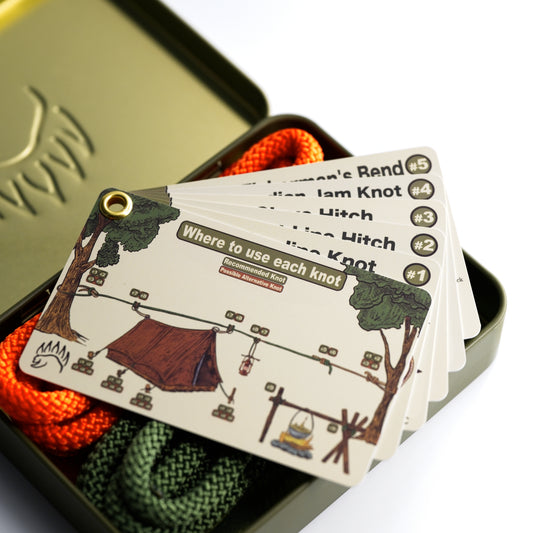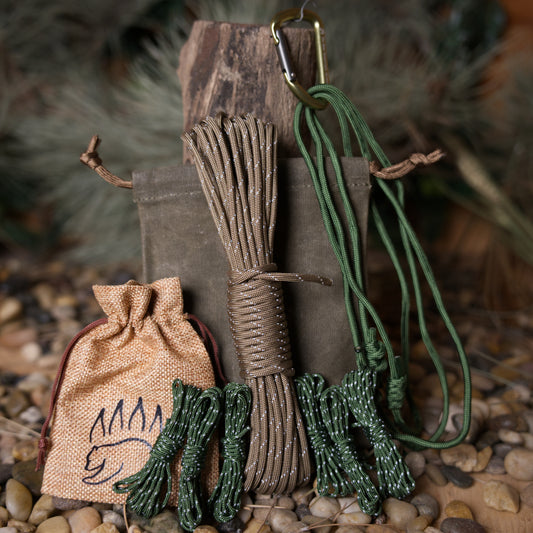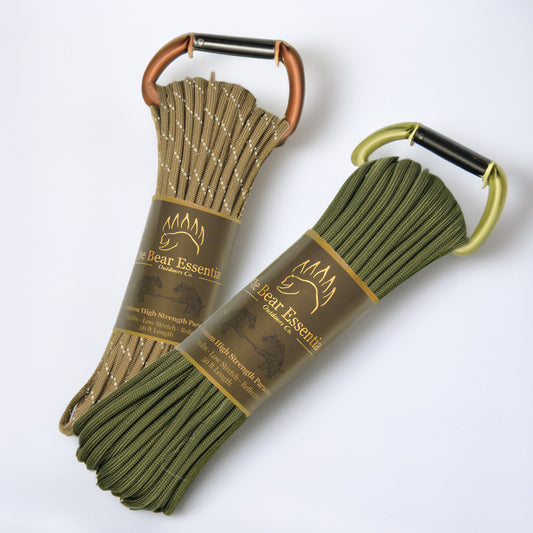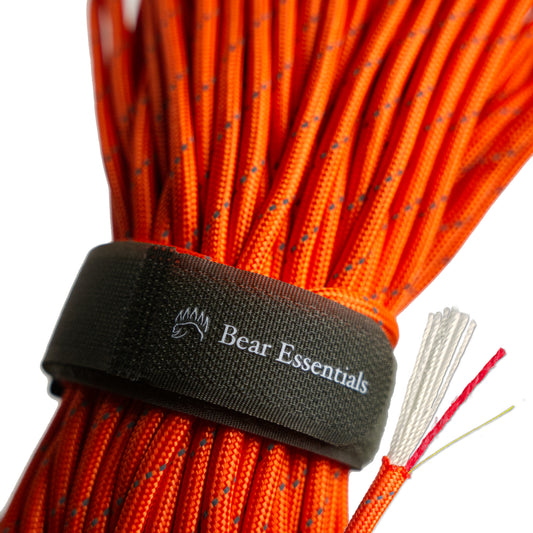How to Tie the Alpine Butterfly End Loop
Usage
The Alpine Butterfly End Loop is commonly used to create a strong, fixed loop at the end of a rope for climbing and rescue operations. Unlike the Bowline, which can loosen under cyclic loading, this knot maintains stability and is easier to untie after heavy strain. Its non-jamming design is a key advantage, though it requires practice to tie efficiently. It’s widely used for anchoring in climbing or securing loads in hoisting setups. The downside is it’s less intuitive than simpler loop knots.
Why Learn the Alpine Butterfly End Loop?
Its robust loop holds firm under load and unties easily. This knot is a reliable choice for outdoor scenarios needing a secure anchor point.
- Non-jamming: Stays easy to untie even after heavy loads.
- High strength: Retains rope integrity for critical anchoring tasks.
- Versatile loading: Handles tension from multiple directions without slipping.
- Outdoor reliability: Perfect for climbing anchors or rescue systems.
- Simple inspection: Easy to check for correct tying in high-stakes settings.
Common Uses
-
Climbing:
- Creates anchor points for top-rope setups.
- Secures climbers to fixed loops during rappels.
-
Search and Rescue:
- Forms loops for attaching to harnesses or litters.
- Holds loads in high-angle hauling systems.
-
Hoisting:
- Secures equipment for lifting in technical operations.
- Provides a loop for pulley system attachments.
-
Arborist:
- Anchors ropes for climbing or rigging tree limbs.
- Supports gear during canopy work.
ABOK Number
(Ashley Book of Knots)
Other Names
Type
|
Notable Features
- Non-Jamming: Unties easily even after bearing heavy loads.
- Stable Under Load: Maintains loop integrity under dynamic or cyclic forces.
- Secure Anchoring: Reliable for high-stakes scenarios like rescue or climbing.
- Multi-Directional Tension: Handles load from different angles.
- Inspection-Friendly: Easy to verify proper tying.
Variations
No true variations are listed for the Alpine Butterfly End Loop in the provided data. For added security, tie a stopper knot, like the Double Overhand Stopper (BEKN 044), on the working end to prevent slippage under extreme loads.
Similar Knots
Bowline vs. Alpine Butterfly End Loop
- Pros: Easier and faster to tie, widely known.
- Cons: Can loosen under cyclic loading, harder to untie after strain.
Figure Eight Loop vs. Alpine Butterfly End Loop
- Pros: Extremely strong and simple to inspect.
- Cons: Bulkier and more likely to jam after heavy loads.
Perfection Loop vs. Alpine Butterfly End Loop
- Pros: Compact and streamlined for fishing applications.
- Cons: Less secure under dynamic loads, prone to jamming.
History
The Alpine Butterfly knot, including its end-loop form, likely originated in mountaineering for its ability to create secure loops under load. Referenced in The Ashley Book of Knots (#331), it gained prominence in climbing and rescue for its non-jamming properties. Its adaptation for end-loop use reflects modern needs in technical outdoor activities, where reliability and ease of untying are critical.
Security Level
The Alpine Butterfly End Loop is highly reliable for anchoring when tied correctly, maintaining strength even under dynamic or multi-directional loads. It performs well on most ropes but may require extra wraps or a stopper knot for slick surfaces like Dyneema. Its non-jamming nature ensures it can be untied after heavy use, making it ideal for critical applications.
Downsides
- Learning curve: Requires practice to tie quickly and correctly.
- Rope usage: Consumes more rope than simpler loops like the Overhand Loop.
Structure
- Take the rope’s working end and form two twists, creating three loops.
- Bring the outermost twist (closest to the rope’s end) over the middle twist.
- Thread the same outer twist under the innermost twist and pull it through.
- Pull the working end and standing line to tighten, forming a secure loop.
- Adjust the loop size and ensure the knot is snug before loading.
Pro Tip: Practice the twists to tie it quickly in the field. Use a smooth, strong rope like nylon for best performance. Double-check the knot’s structure to avoid mis-tying under pressure.
FAQ
Is the Alpine Butterfly End Loop strong enough for climbing anchors?
Yes, it’s robust for anchoring when tied properly, but always inspect the knot and rope condition.
How does the Alpine Butterfly End Loop compare to the Bowline?
It’s more stable under cyclic loads and easier to untie, though the Bowline is quicker to tie.
Can the Alpine Butterfly End Loop be used for rescue operations?
Absolutely, it’s ideal for creating secure loops for harnesses or hauling systems in rescue work.
What rope works best for the Alpine Butterfly End Loop?
A strong, low-stretch rope like nylon or polyester ensures optimal strength and reliability.
Why choose the Alpine Butterfly End Loop over a Figure Eight Loop?
It’s less likely to jam after heavy loads, making it easier to untie in critical situations.
Important Notes on Safety
Common failure points include mis-tying the twists or using a worn rope. Always verify the knot’s structure and ensure the anchor is solid before loading.
Check rope for fraying or wear before tying.
Practice tying in low-stakes settings to build confidence.
Inspect the knot visually to confirm correct formation.








